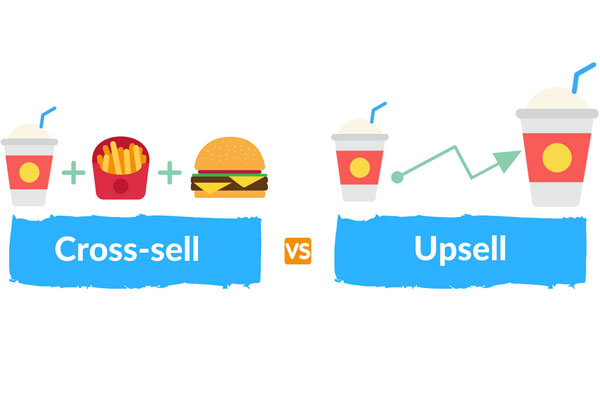The Art of Cross-Selling and Upselling in B2B Sales

As a B2B sales professional, your ultimate goal is to increase revenue and drive business growth. One of the most effective strategies to achieve this goal is by cross-selling and upselling to your existing customers. Cross-selling refers to offering complementary products or services to a customer who has already made a purchase, while upselling involves persuading a customer to upgrade to a more expensive or higher-end product or service.
The Benefits of Cross-Selling and Upselling

Cross-selling and upselling can bring a multitude of benefits to your business, including:
- Increased revenue: Cross-selling and upselling can boost your sales and revenue by increasing the average order value.
- Improved customer satisfaction: When done right, cross-selling and upselling can enhance the customer experience by providing personalized recommendations and solutions to their needs.
- Stronger customer relationships: By offering relevant products or services, you can build trust and loyalty with your customers, leading to repeat business and referrals.
- Competitive advantage: Cross-selling and upselling can differentiate you from your competitors by showing your customers that you understand their needs and can provide tailored solutions.
Best Practices for Cross-Selling and Upselling
While cross-selling and upselling can be lucrative, it’s essential to approach them in the right way to avoid coming across as pushy or salesy. Here are some best practices to keep in mind:
- Understand your customers’ needs: Before you attempt to cross-sell or upsell, take the time to understand your customers’ pain points, challenges, and goals. This will help you offer relevant solutions and tailor your approach to their specific needs.
- Focus on value, not price: Instead of emphasizing the cost of your products or services, highlight the value they can bring to your customers’ business. Show them how your solutions can help them save time, money, or improve their operations.
- Offer personalized recommendations: Use data and insights to offer personalized recommendations that are relevant to your customers’ past purchases and browsing history. This will show them that you understand their needs and can provide tailored solutions.
- Make it easy to say yes: Make the cross-selling and upselling process as seamless and straightforward as possible. Provide clear and concise information about the benefits and features of your products or services, and offer flexible payment options or trial periods to encourage your customers to try them out.
- Follow up and follow through: Once your customer has made a cross-sell or upsell purchase, follow up with them to ensure they are satisfied with their decision. Provide ongoing support and resources to help them maximize the value of their purchase.
Cross-selling and upselling can be powerful tools to increase revenue, build customer relationships, and gain a competitive advantage in B2B sales. By understanding your customers’ needs, focusing on value, offering personalized recommendations, making it easy to say yes, and following up and following through, you can effectively cross-sell and upsell to your existing customers and drive business growth.





